
Distinguish between clean bean sprouts and bean sprouts containing toxic chemicals with the following extremely simple tip.

How to Distinguish Between Clean Bean Sprouts and Chemically Treated Ones
Bean sprouts are a highly nutritious food that frequently appears in Vietnamese family meals. However, in order to make the sprouts grow faster, thicker, and whiter, some producers use harmful chemicals and growth stimulants. So, how can you tell the difference between naturally grown bean sprouts and those soaked in chemicals?
1. Characteristics of Clean Bean Sprouts
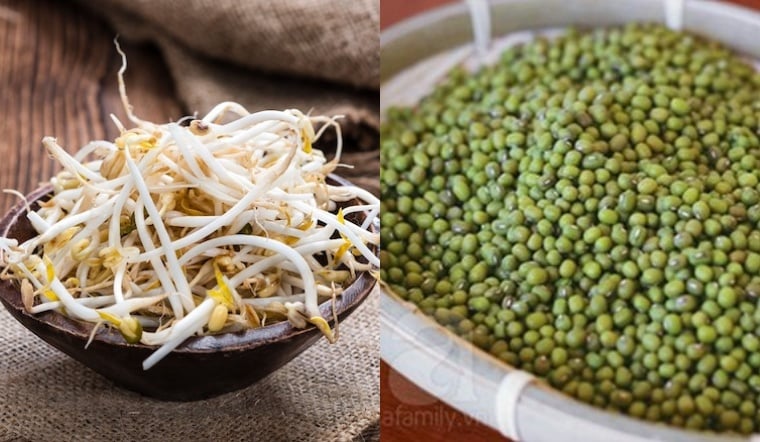
Clean, chemical-free bean sprouts are produced naturally, usually from mung beans that are soaked, rinsed, and kept in a moist environment without any additives. They can be identified by the following features:
-
Size: The sprouts are generally smaller and shorter. They are not uniform in length, which is a natural sign of organic growth.
-
Color: They have an ivory-white or slightly yellowish tint, not a pure white or shiny appearance.
-
Texture: The stems are firm, crisp, and slightly flexible — not too brittle or overly soft.
-
Roots: Clean sprouts have long, thin, and fibrous roots, often with visible small hairs near the base.
-
Smell: They carry a mild, fresh aroma typical of beans, without any sharp or chemical odors.
-
Shelf life: Naturally grown sprouts spoil faster, typically lasting only 1–2 days at room temperature, or 2–3 days if refrigerated.
Because they are not treated with preservatives, these sprouts may lose moisture quickly and become less attractive, but they are safe and retain more nutrients.
2. Characteristics of Chemically Treated Bean Sprouts
Chemically treated bean sprouts are often grown using artificial growth stimulants and whitening agents to make them look more appealing. Be cautious if you notice the following traits:
-
Size: The sprouts are unusually big, thick, and perfectly uniform — a sign of chemical stimulation.
-
Color: Extremely white and bright, sometimes even glossy, lacking the natural yellowish hue of clean sprouts.
-
Texture: They may feel soft or fragile, breaking easily when bent.
-
Roots: The roots are very short, sparse, or completely absent — a clear indicator of chemical influence.
-
Smell: A faint chemical or sour odor can often be detected instead of the natural bean scent.
-
Shelf life: They last unusually long — up to 4–5 days without spoiling — because of added preservatives.
These sprouts may look appealing, but consuming them over time can negatively affect your health due to chemical residues that remain in the stems.
3. Tips for Choosing Safe Bean Sprouts
To ensure your family’s health, pay close attention when buying or making bean sprouts:
-
Visual check: Choose small sprouts with long roots and a natural yellowish-white color. Avoid overly white, thick, rootless sprouts.
-
Touch test: Gently press the stems — clean sprouts are firm and resilient, while chemically treated ones are softer.
-
Saltwater test: Soak the sprouts in salt water for 10–15 minutes. If the water changes color or emits an unusual smell, they may contain chemicals.
-
Buy from trusted sources: Purchase from reputable stores or clean food markets. If possible, make your own bean sprouts at home using mung beans and a clean sprouting jar.
4. Final Thoughts
Choosing clean, naturally grown bean sprouts not only protects your health but also enhances the flavor and safety of every meal. Chemically treated sprouts may look more beautiful, but the risks they pose are invisible.
Be a smart and responsible consumer — prioritize food safety to protect yourself and your loved ones from hidden chemical dangers.
News in the same category

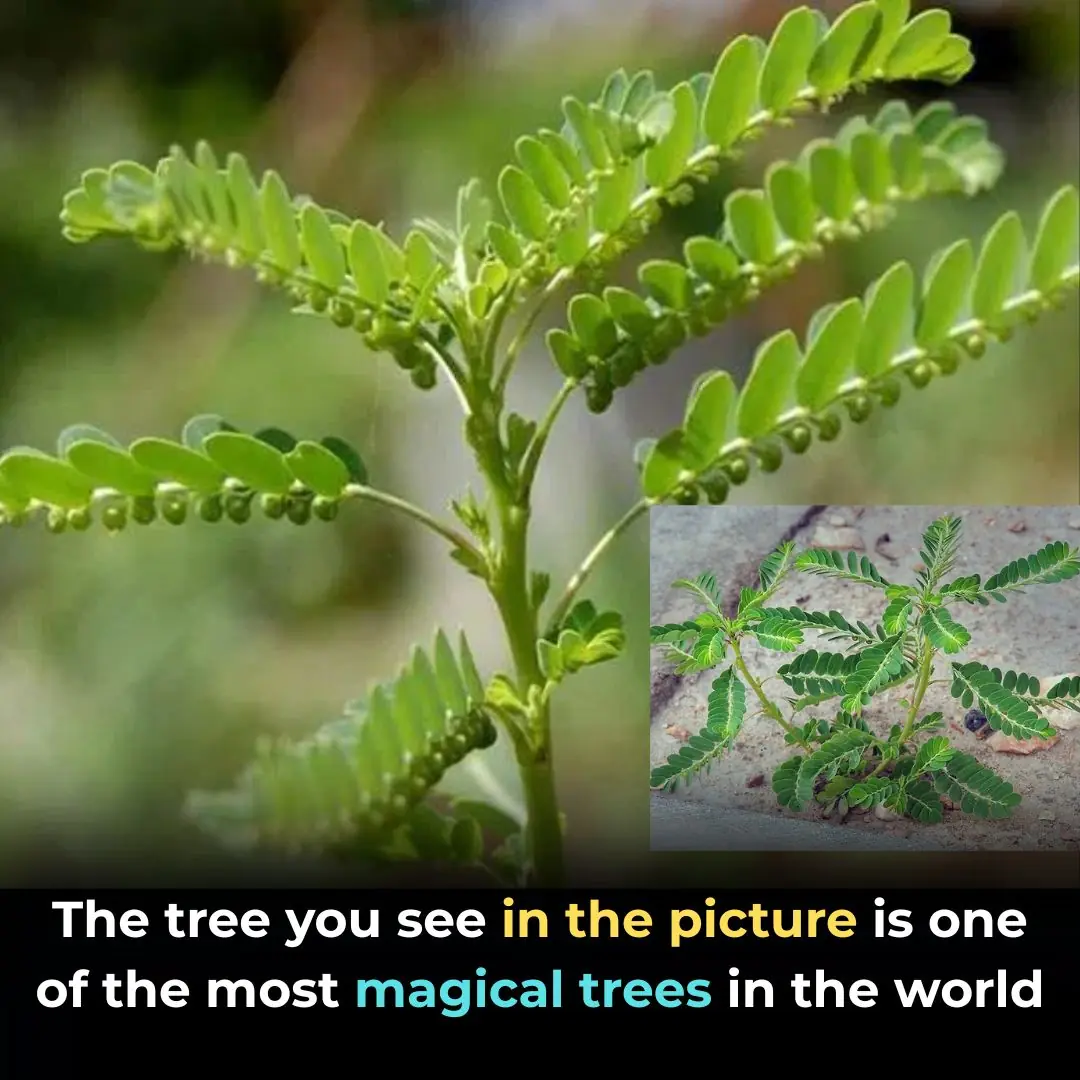
Serrated Leaf Motherwort: A Precious Herb with Many Benefits
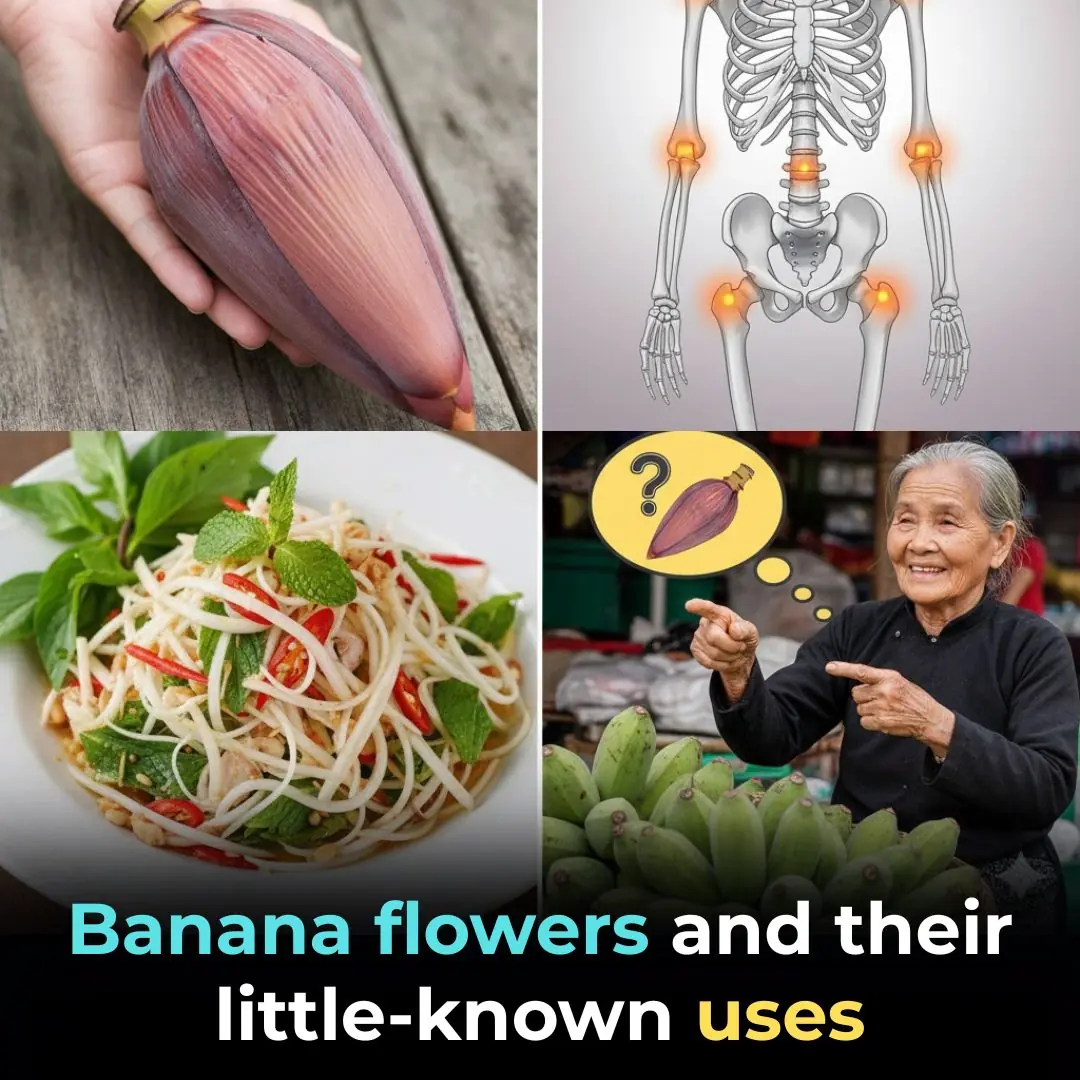
Banana flowers and their little-known uses
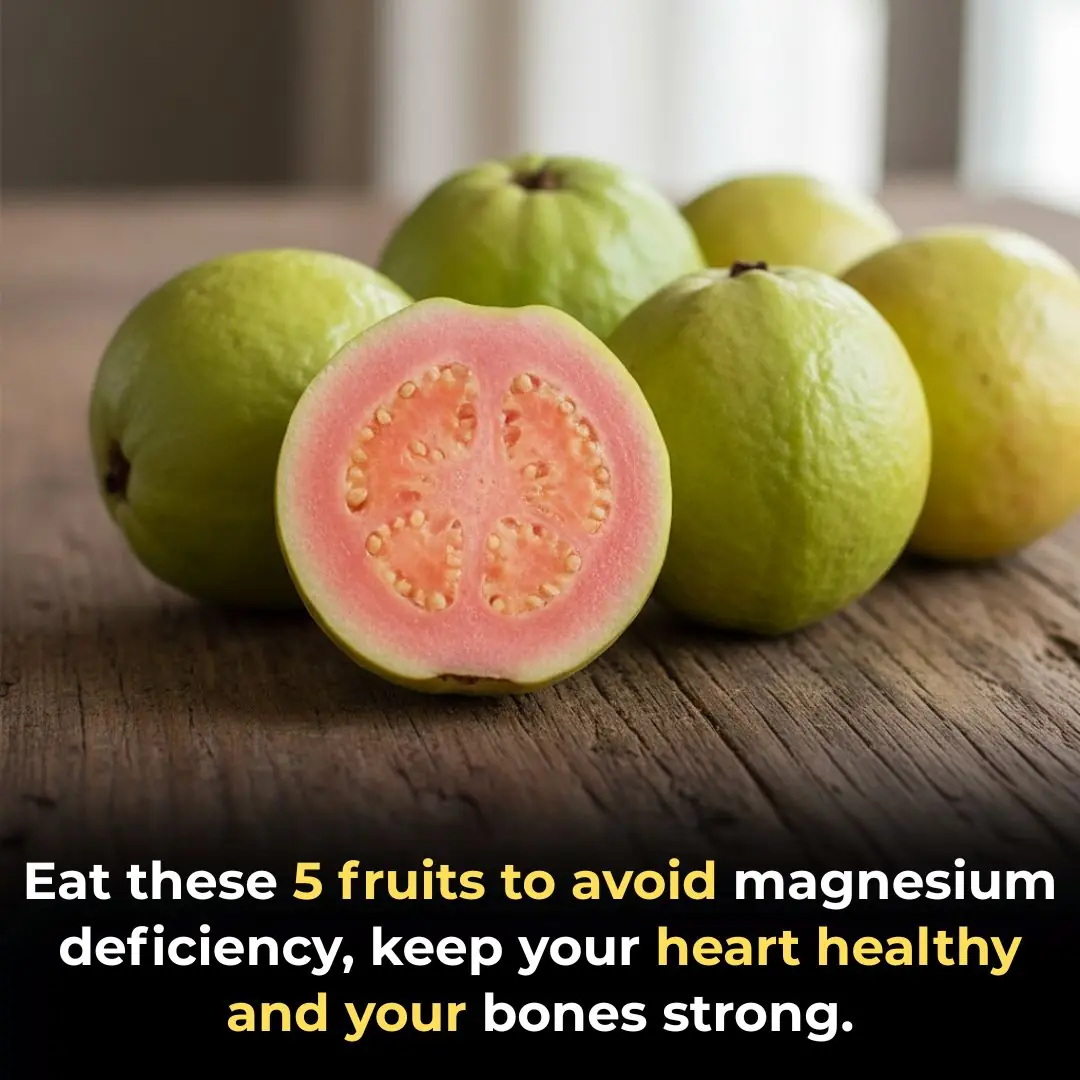
Eat these 5 fruits to avoid magnesium deficiency, keep your heart healthy and your bones strong.
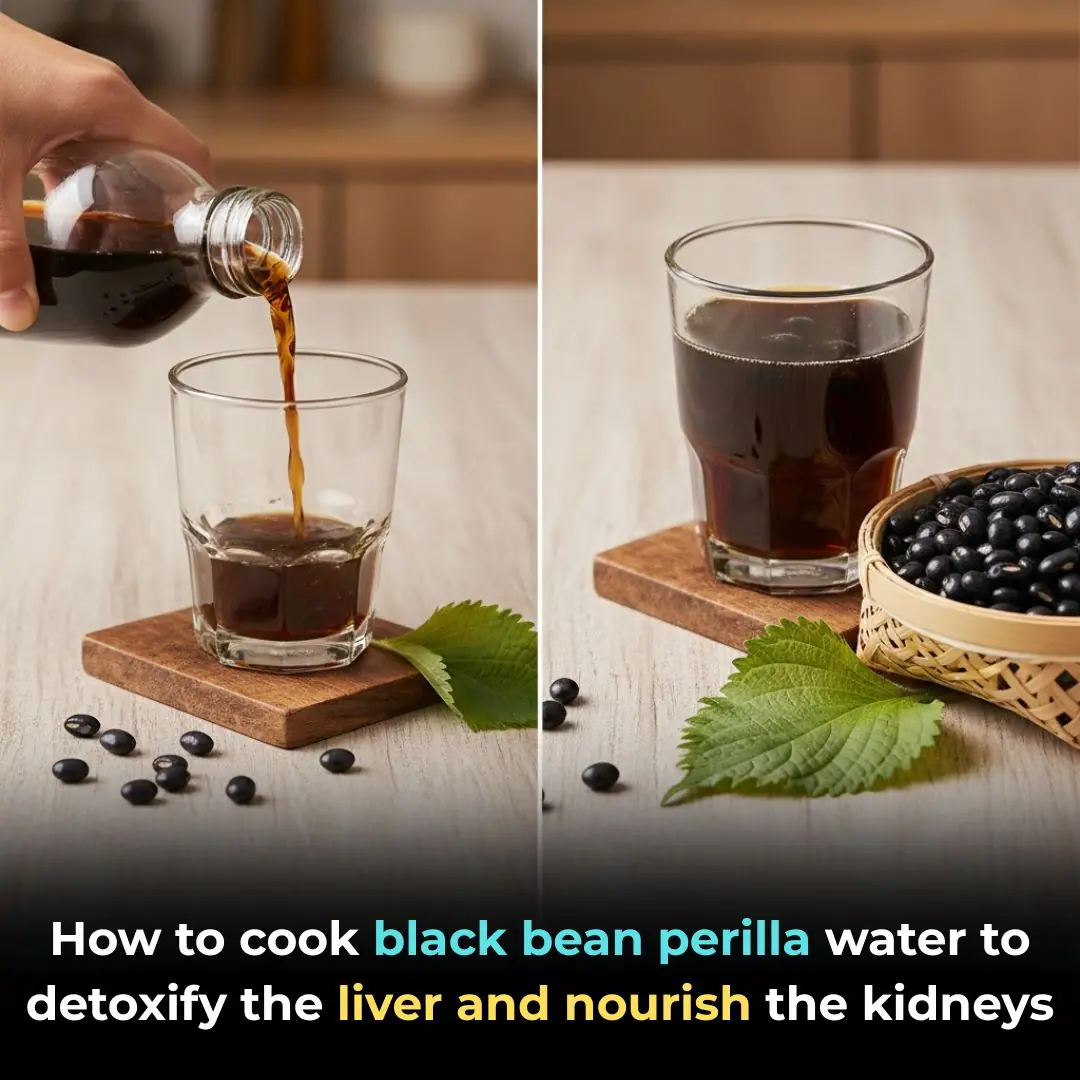
How to cook black bean perilla water to detoxify the liver and nourish the kidneys

A miracle will happen with a handful of seeds under the bed, unfortunately it's just now
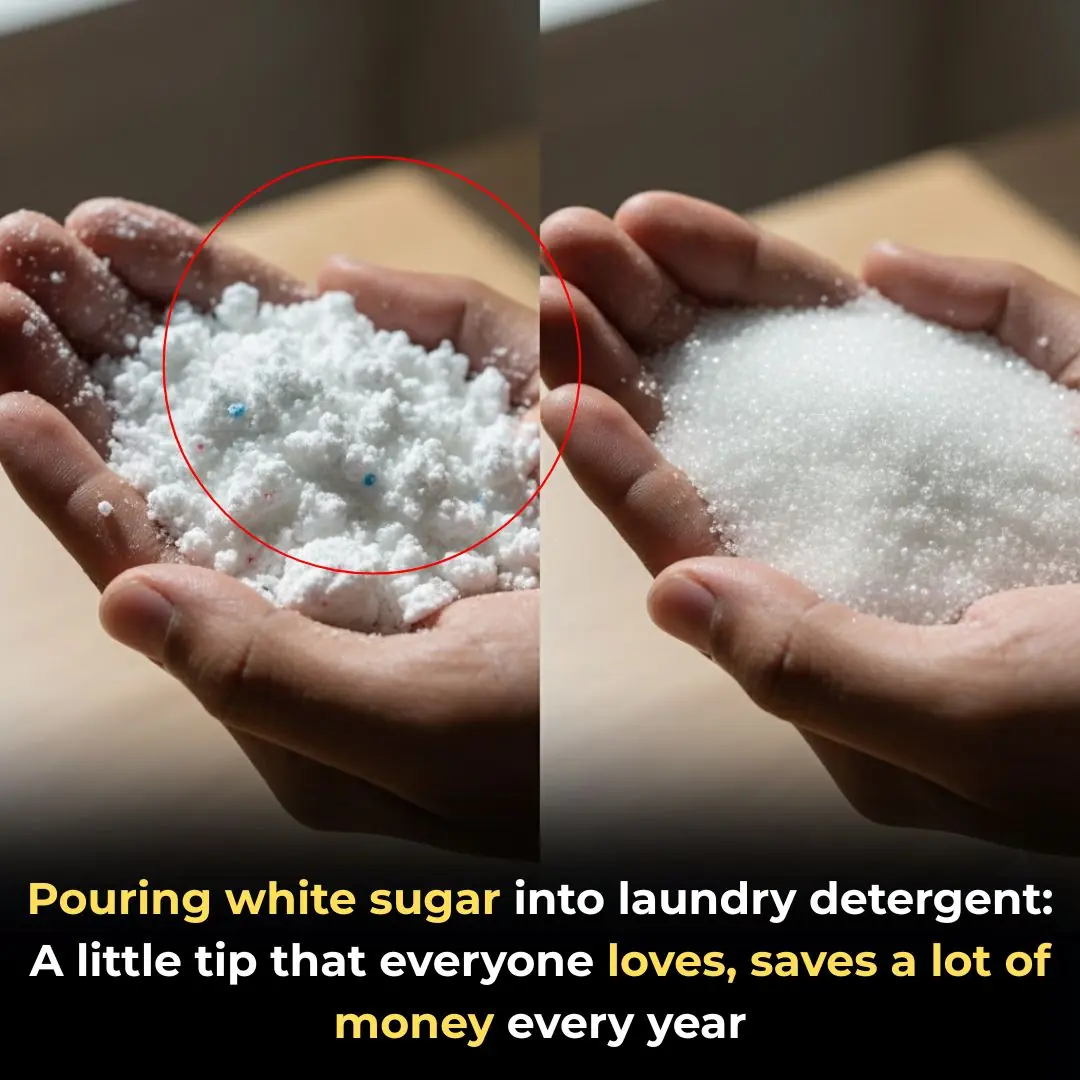
Pouring white sugar into laundry detergent: A little tip that everyone loves, saves a lot of money every year
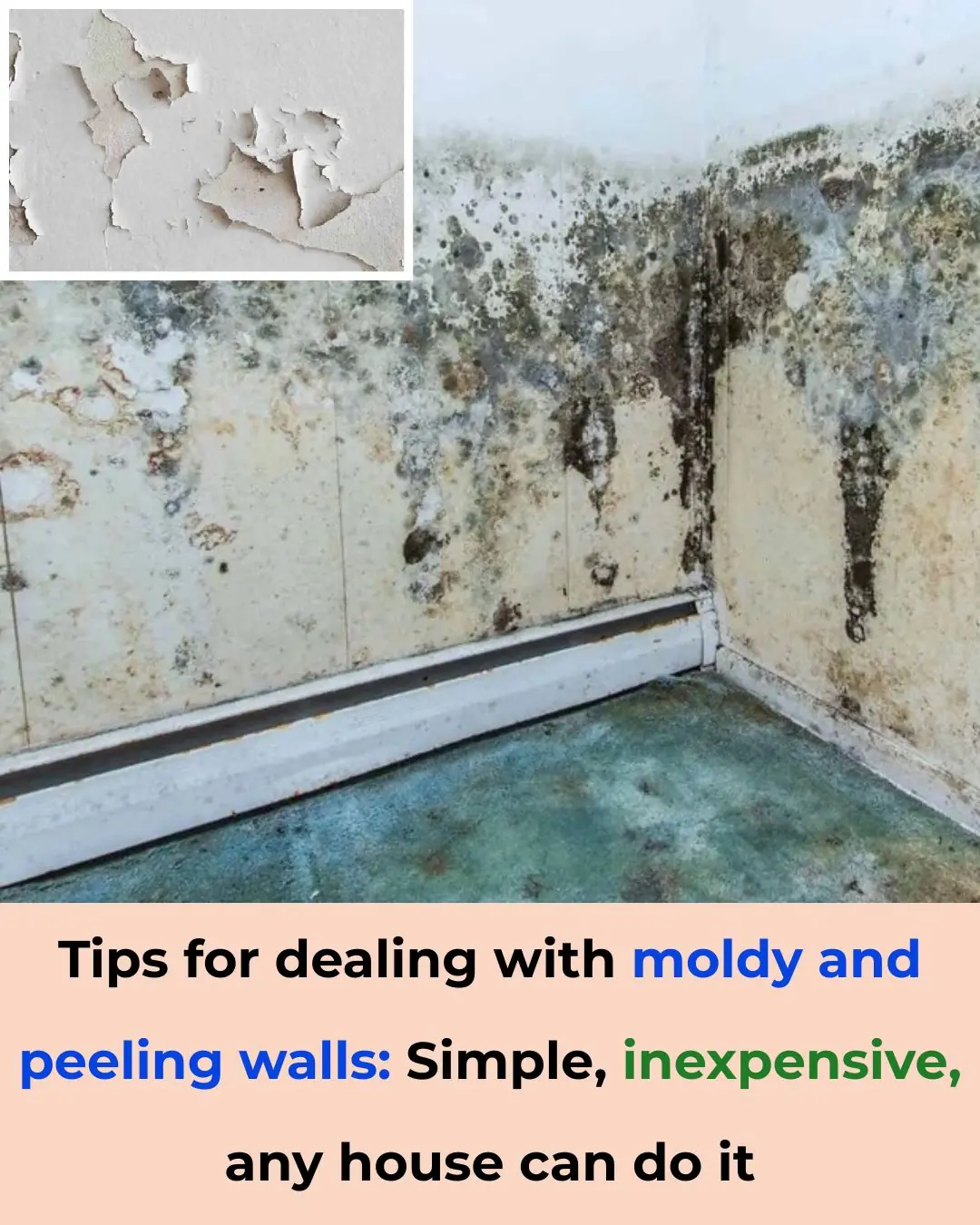
Tips for dealing with moldy and peeling walls: Simple, inexpensive, any house can do it
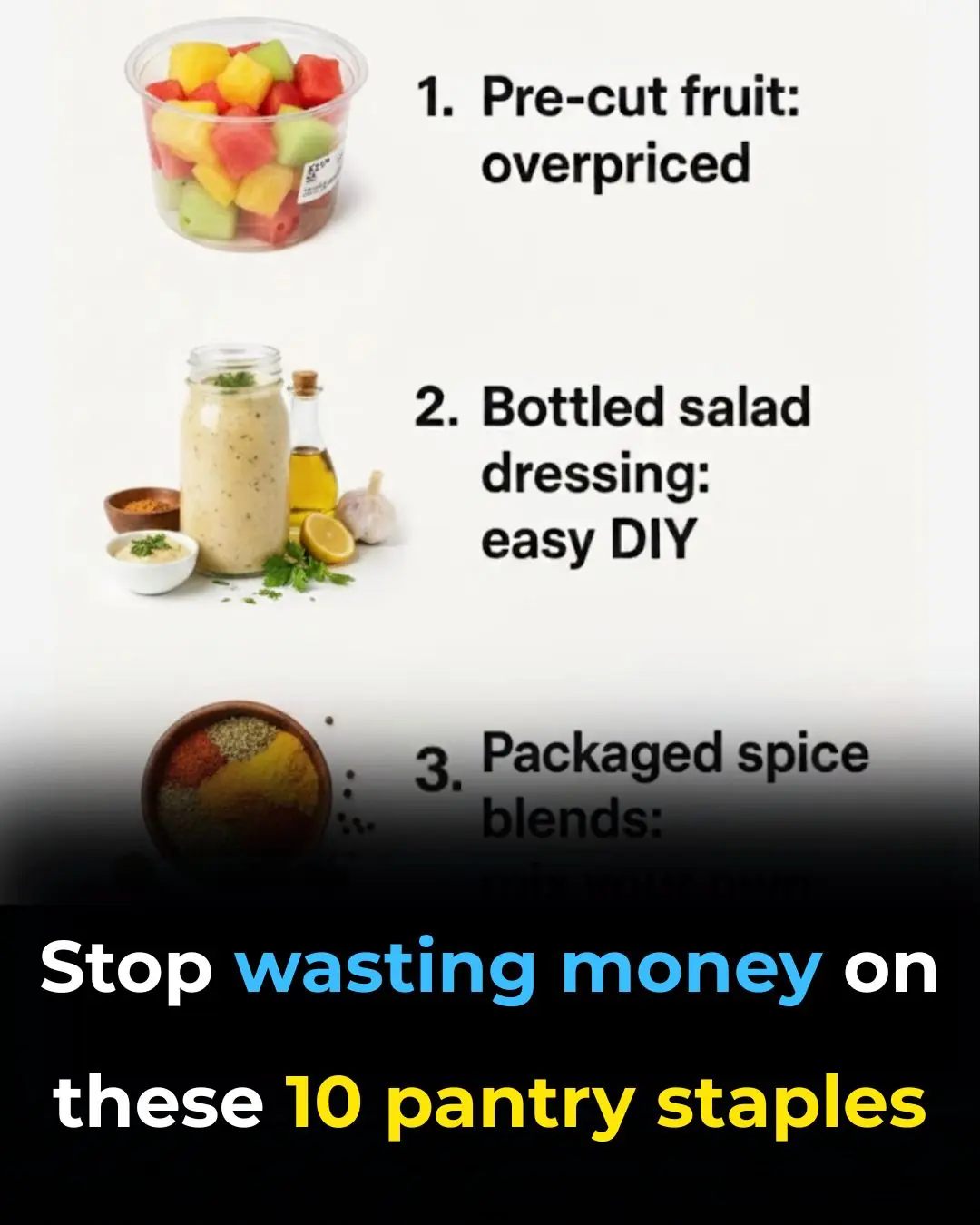
Stop wasting money on these 10 pantry staples
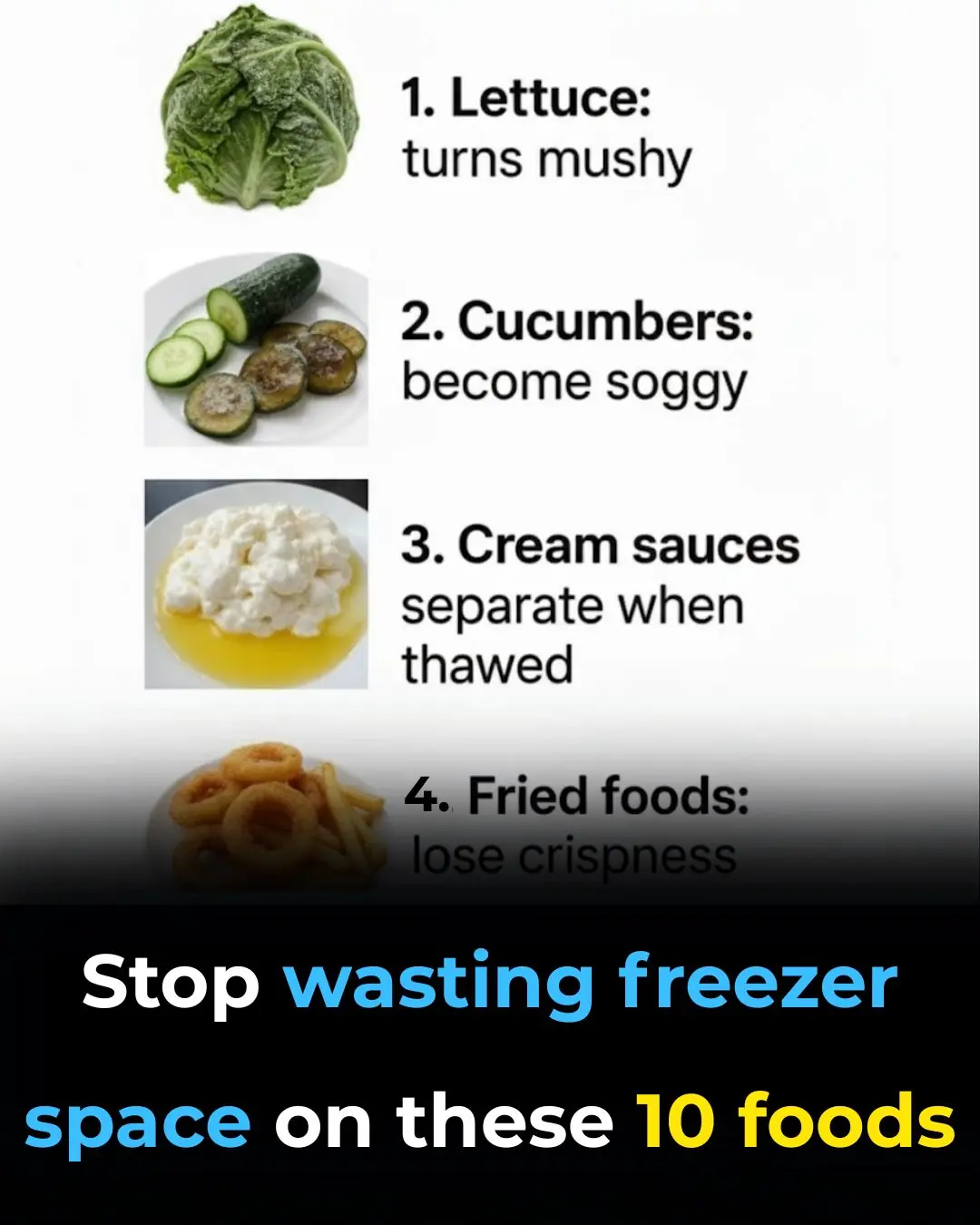
Stop wasting freezer space on these 10 foods
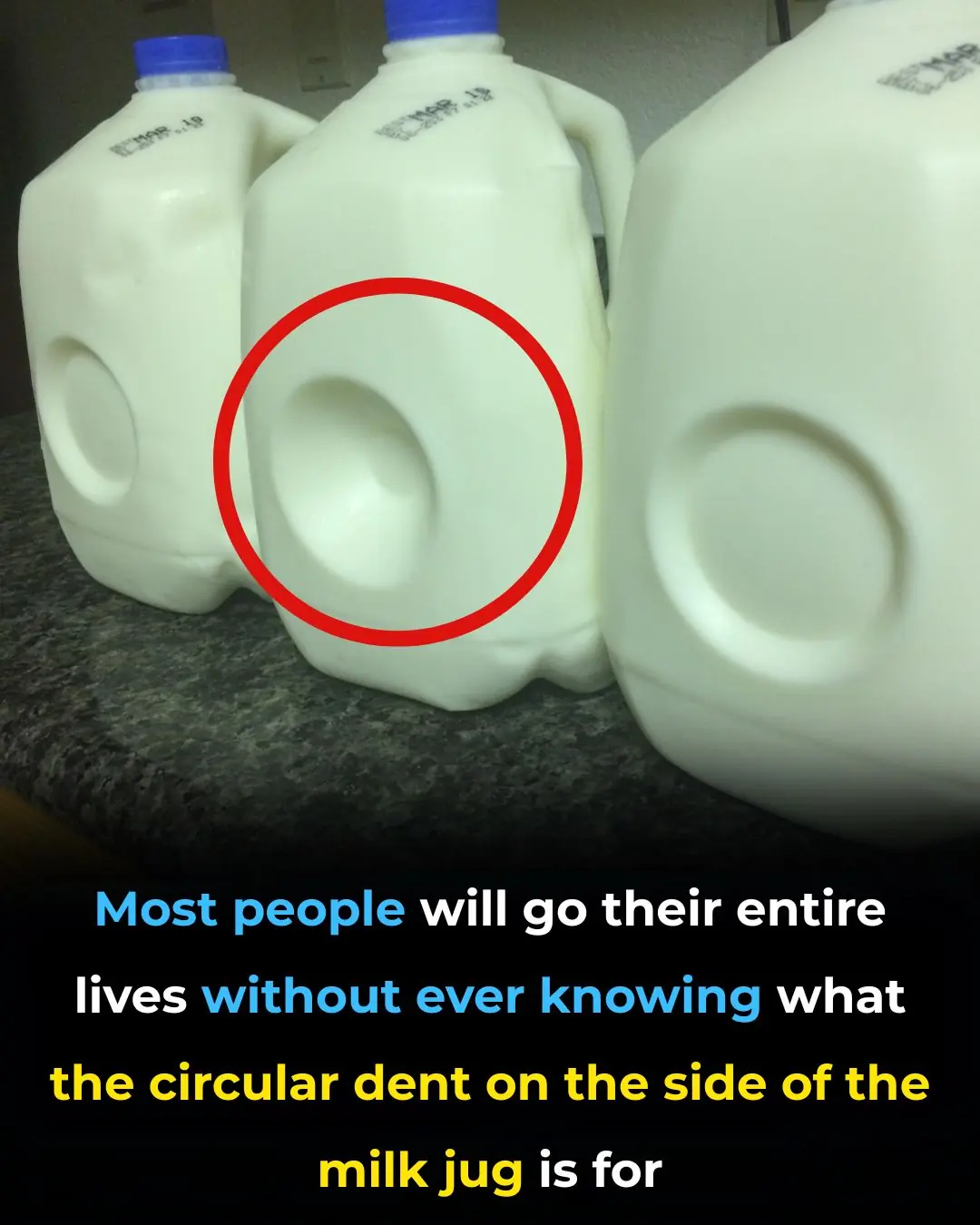
Whoa, this completely flew under my radar
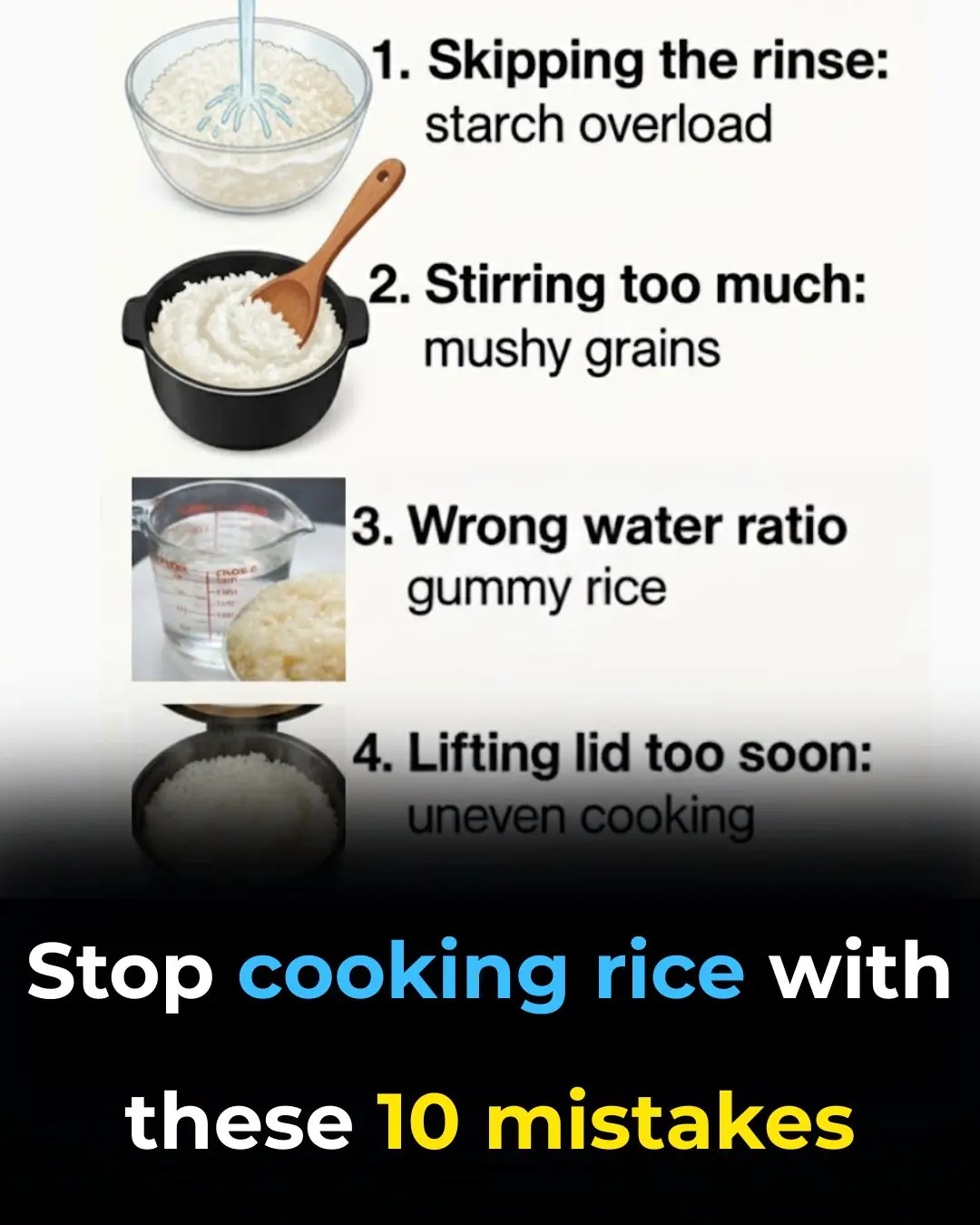
Stop cooking rice with these 10 mistakes
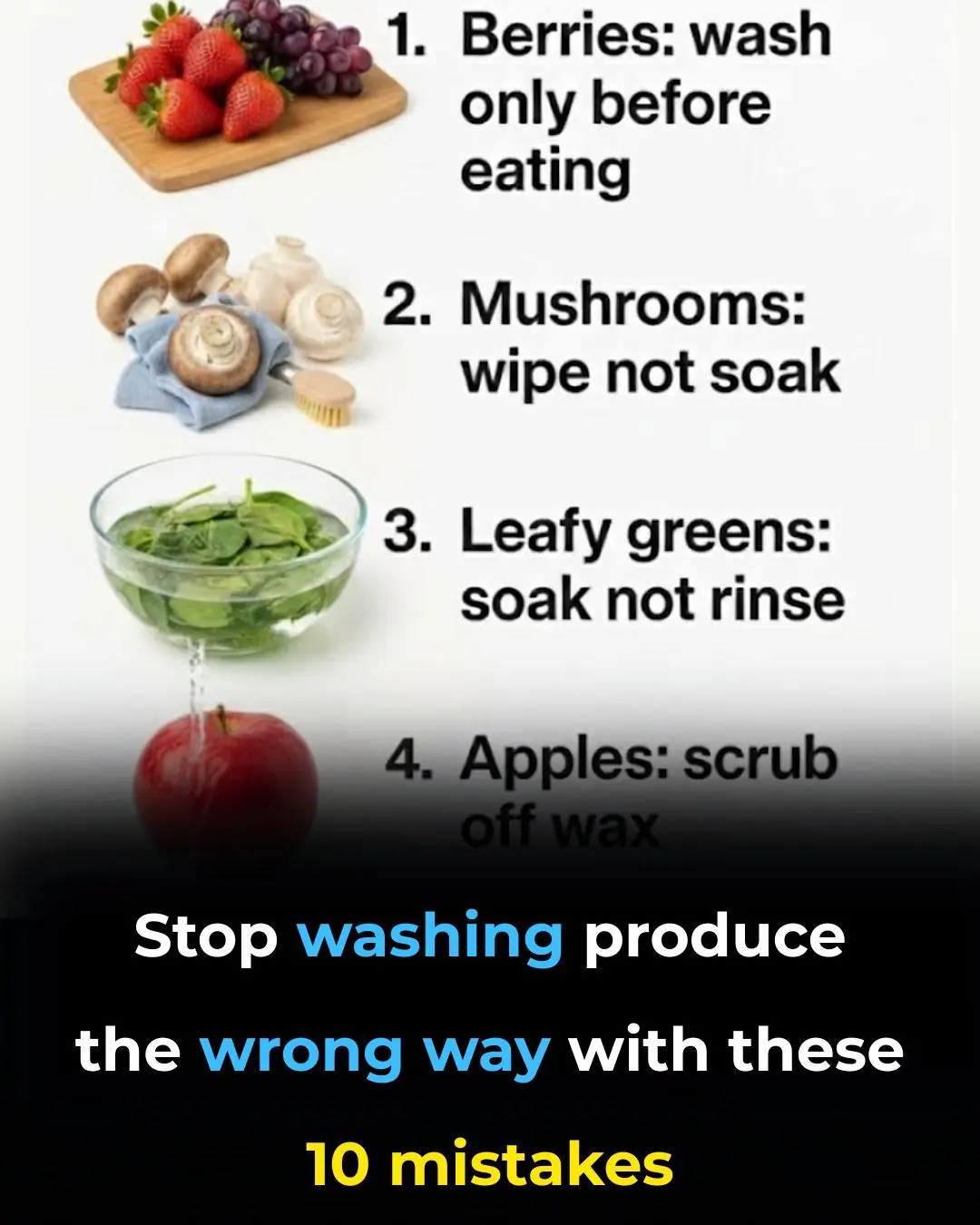
Stop washing produce the wrong way with these 10 mistakes
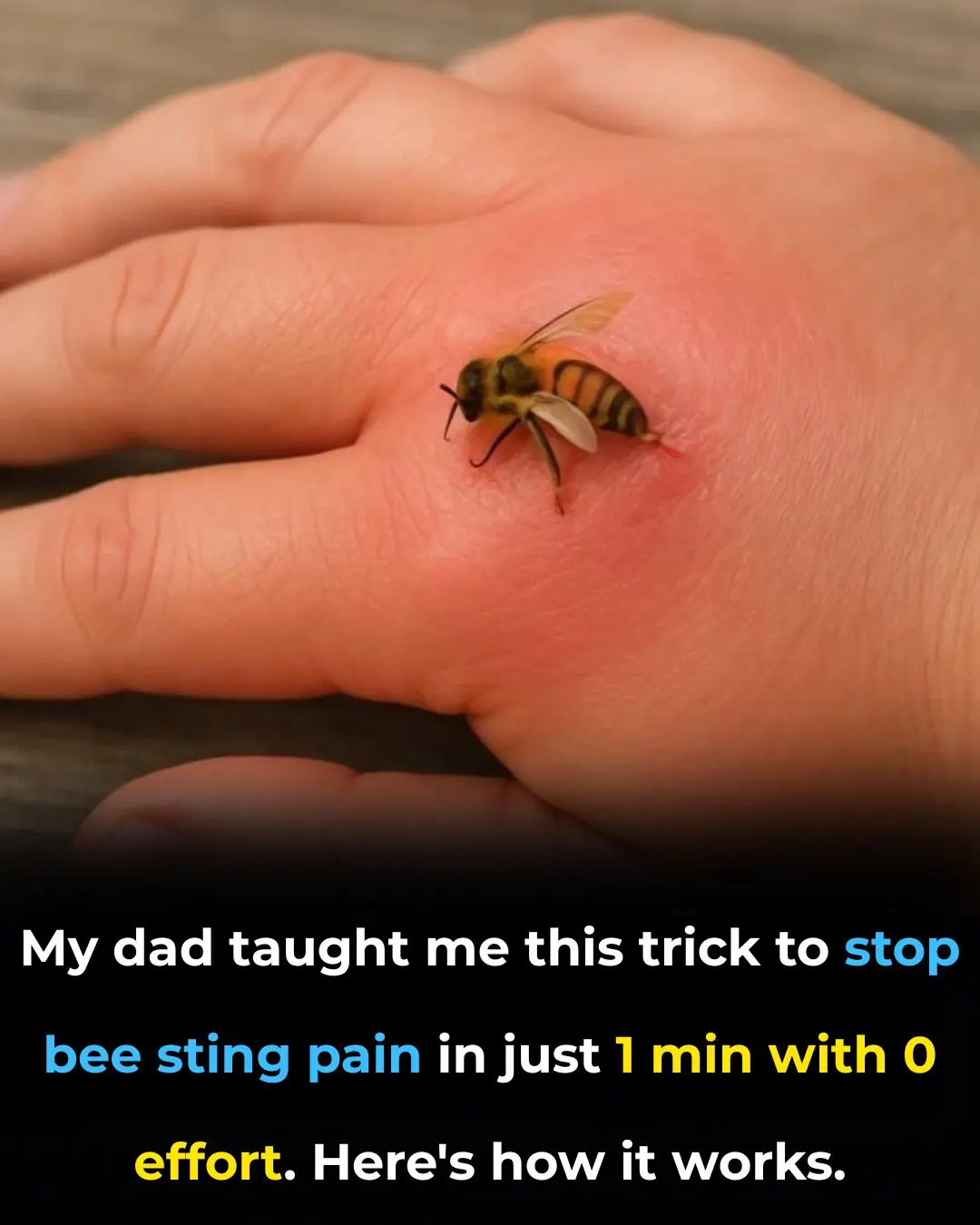
I didn't know

Stop cooking these 10 foods in aluminum foil

My nana taught me this hack to freshen carpets in 4 mins with 0 work. Here’s how it works
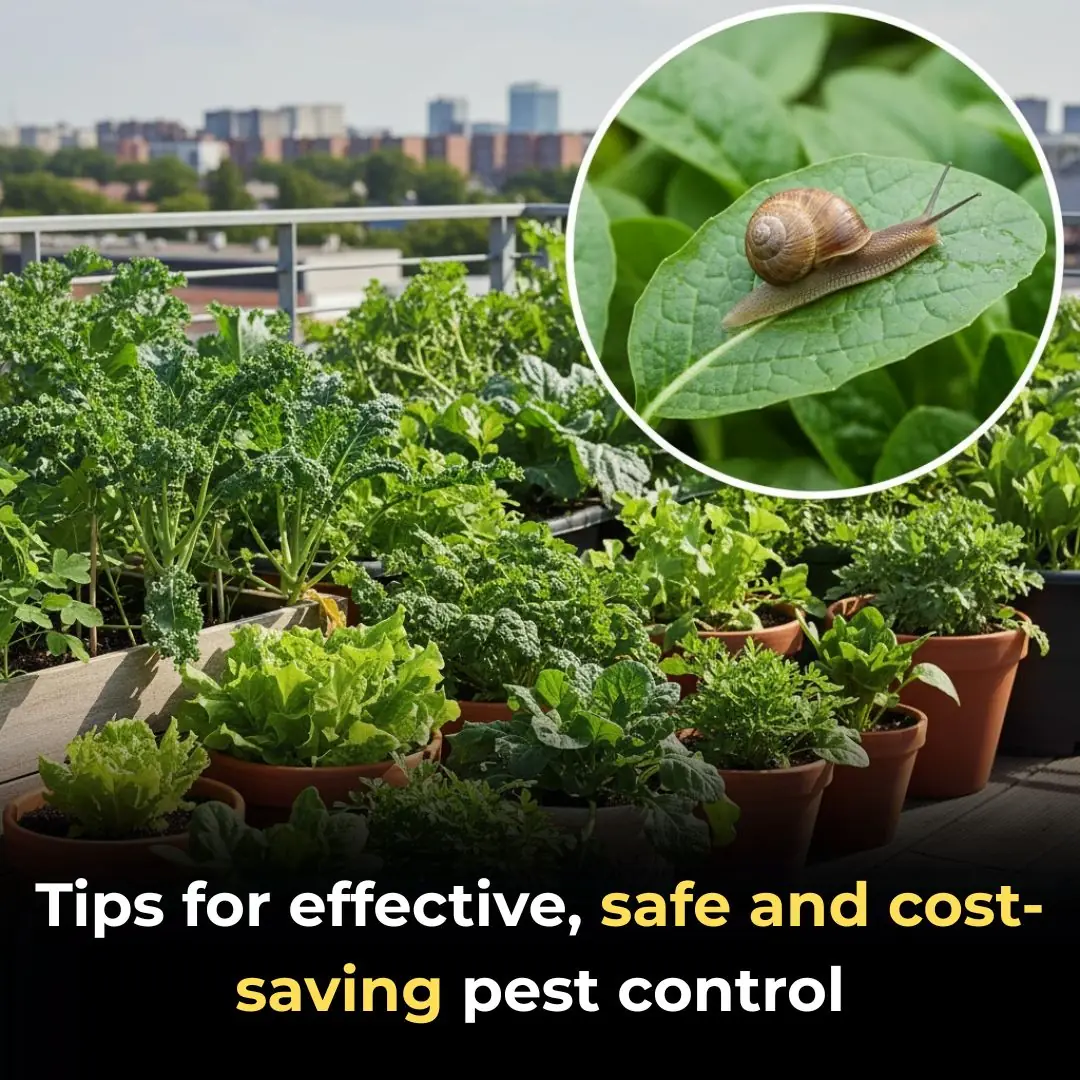
Tips for effective, safe and cost-saving pest control

How to make the Money Tree flower and have fresh shoots to attract fortune

How to make delicious beef stew at home extremely simple
News Post

This Brewery Is The Only Black-Owned Brewery In New York Brewing Its Beer On-Site

Joseph Deng Makes History as First Player From South Sudan to Sign a Professional MLB Contract
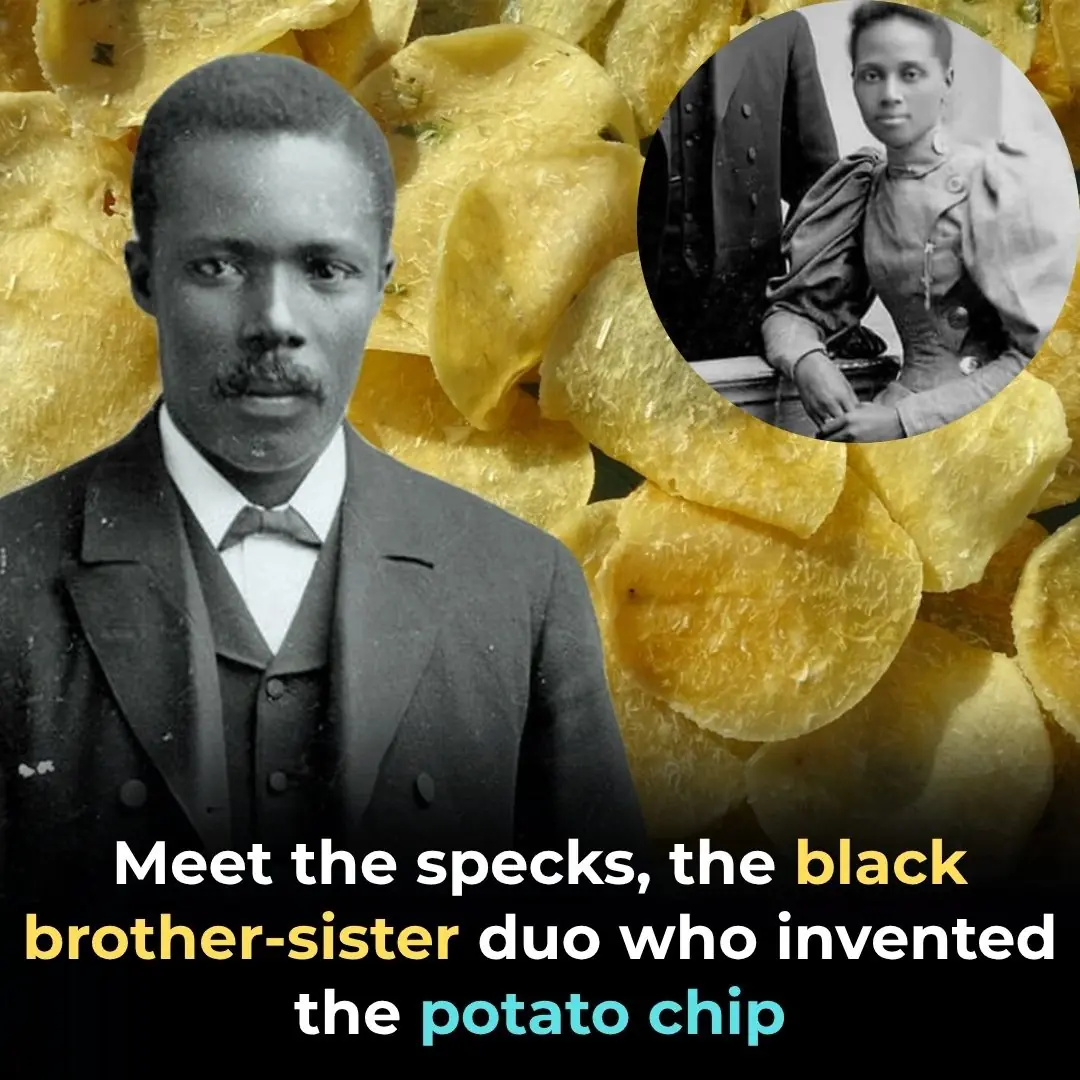
Meet The Specks, the Black Brother-Sister Duo Who Invented the Potato Chip

Meet Mr. & Mrs. Grady, Owners Of North Carolina’s Only Black-Owned Whole Hog Barbecue Smokehouse

Negro History Week: Here’s the True Story Behind Black History Month

Buckingham Palace statement in full as King Charles removes Prince Andrew’s title

Has the Bermuda Triangle Mystery Finally Been Solved

Put the entire roll of toilet paper in the refrigerator

4 Types of Shoulder Pain That May Signal Dangerous Cancer — Don’t Mistake Them for Simple Joint Problems
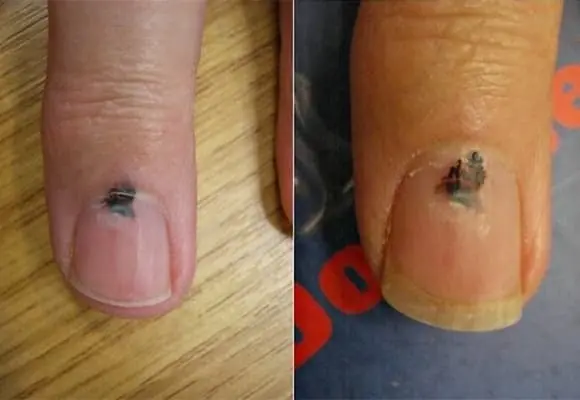
6 Body Parts That Turn Black May Signal Cancer — Don’t Ignore Them

Serrated Leaf Motherwort: A Precious Herb with Many Benefits

Banana flowers and their little-known uses

Eat these 5 fruits to avoid magnesium deficiency, keep your heart healthy and your bones strong.
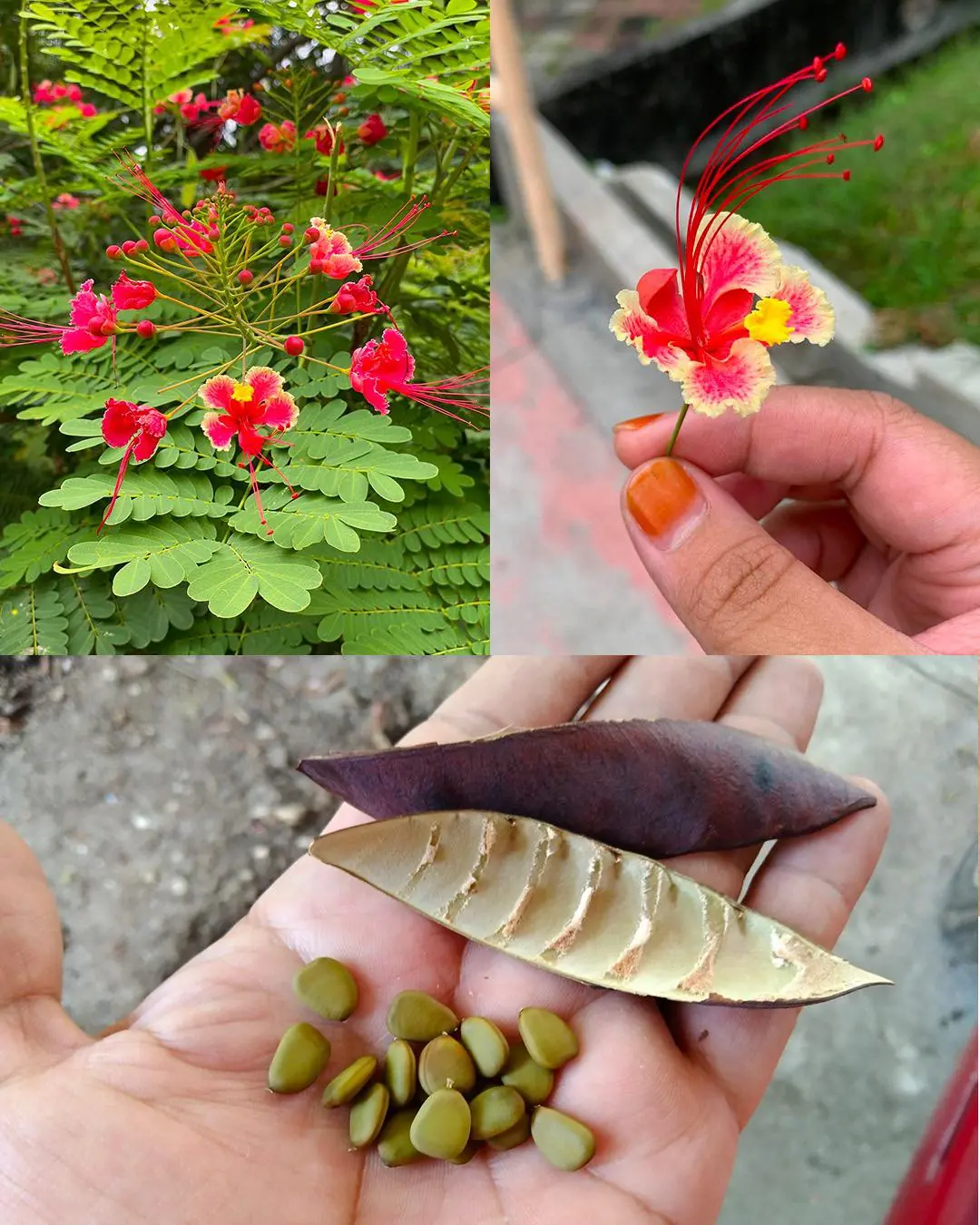
The Amazing Power of Caesalpinia pulcherrima (Peacock Flower)
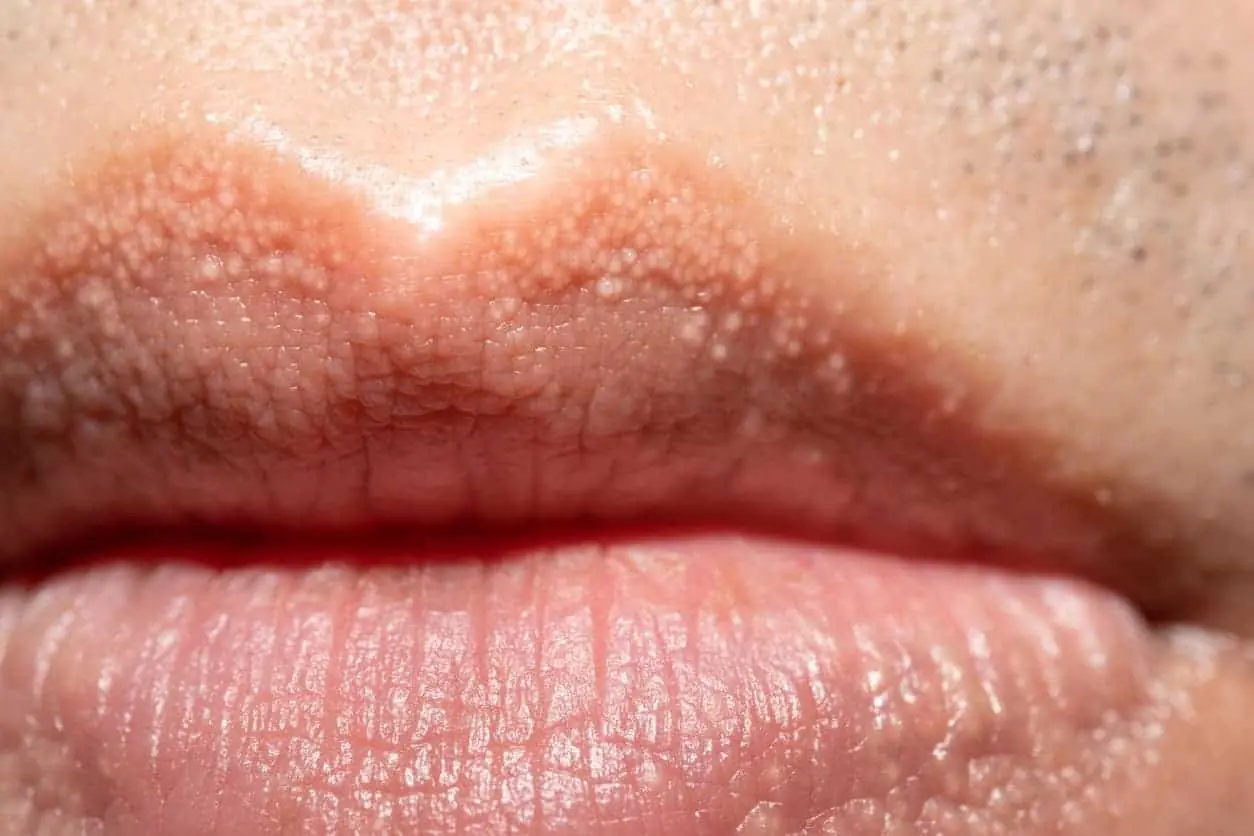
White Bumps or Spots on Lips: Causes and Effective Treatments

Corn Silk: 30 Health Benefits and How to Use It
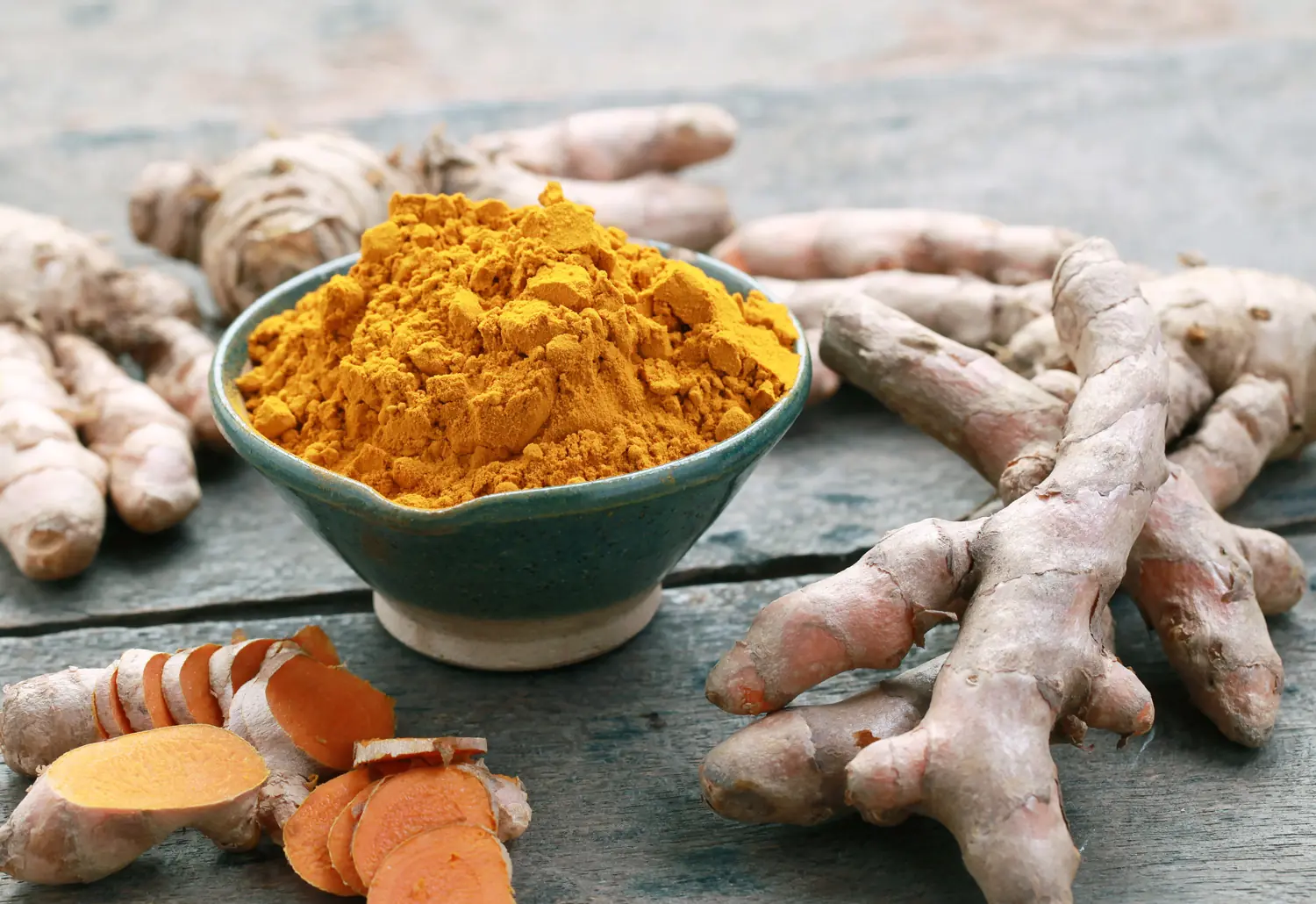
Turmeric Dosage: How Much You Actually Need for Arthritis, Cancer, and Other Diseases
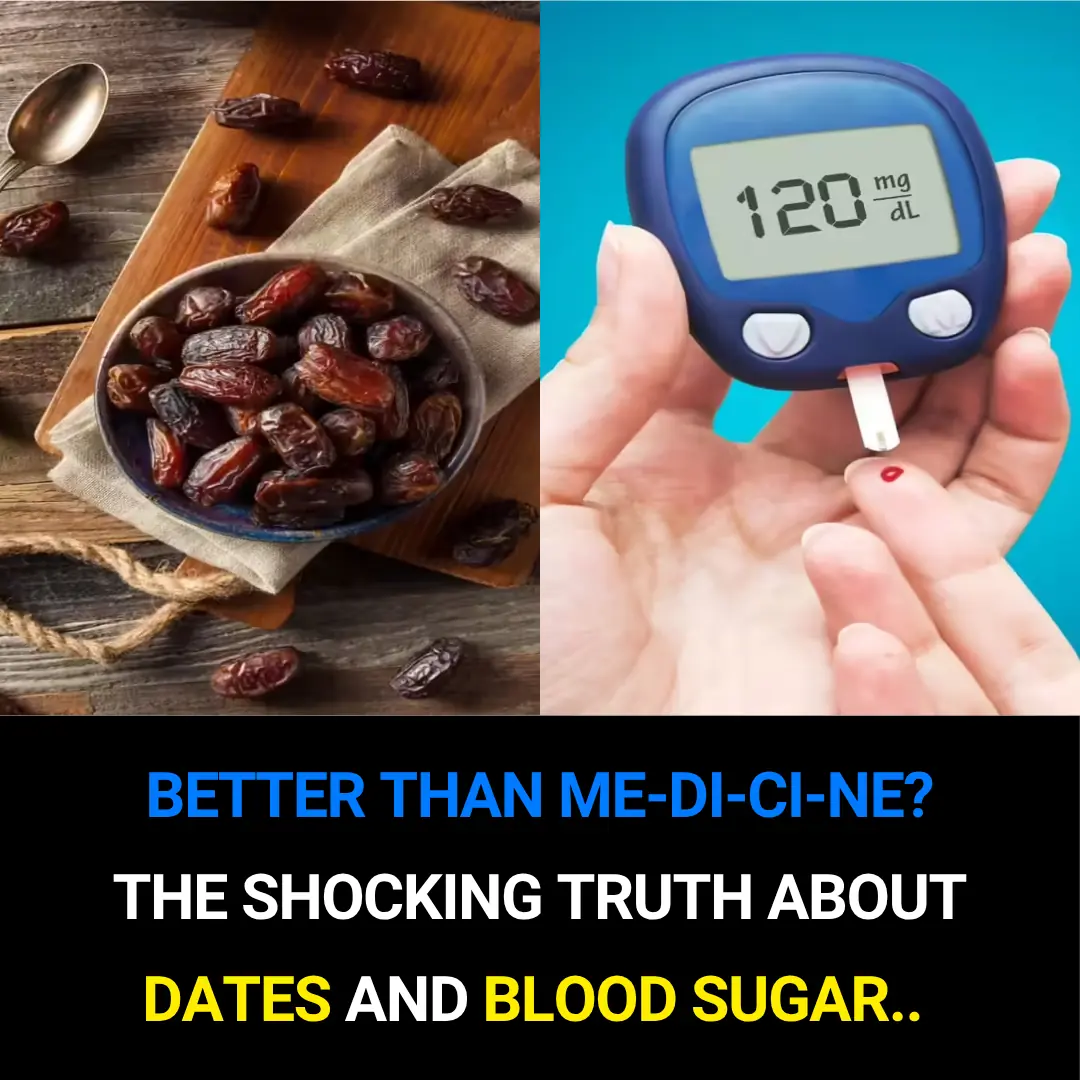
Better Than Medicine? The Shocking Truth About Dates & Blood Sugar!
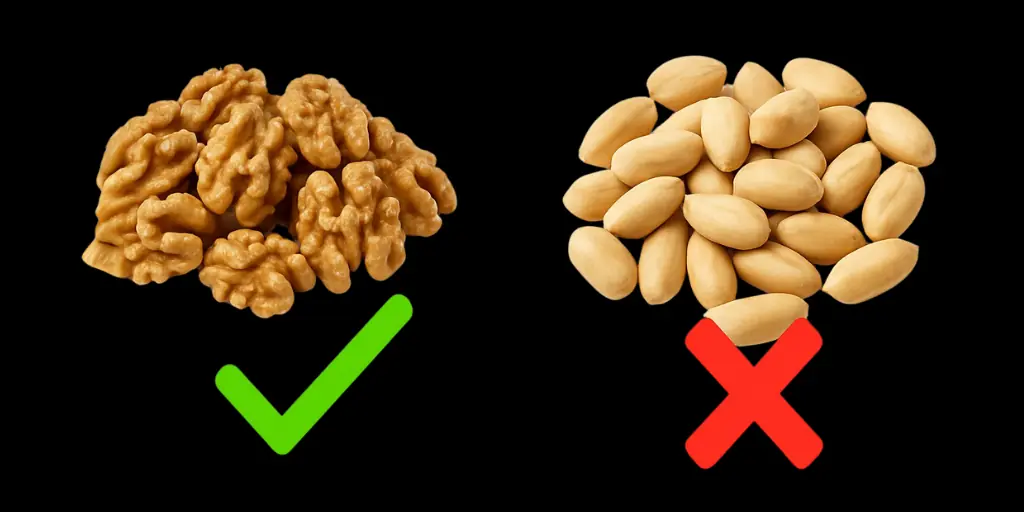
7 Nuts You Should Eat for Better Health (and the #1 Nut You Should NEVER Touch)
